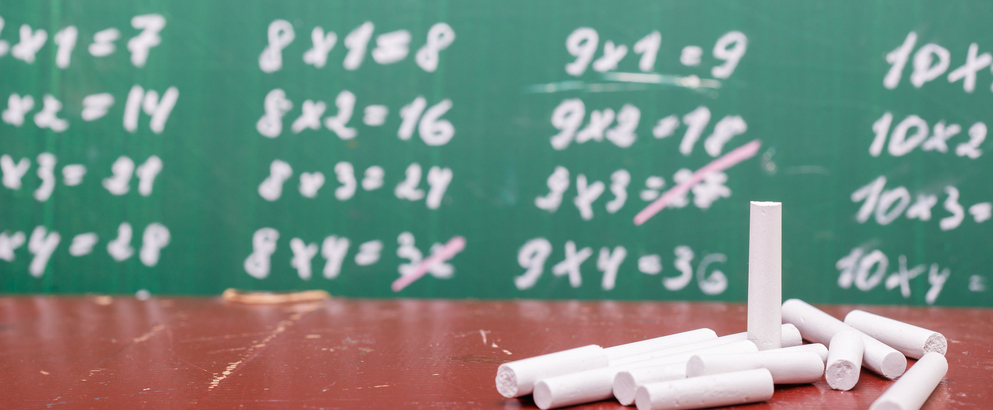What is Multiplication? What does it mean to multiply two quantities together? Ask an ordinary layman in the street what is crucial to learning mathematics at school and the reply is almost always “times tables”. So it is important, by what exactly is it? And how can we help students learn to multiply effectively?
In this first of three posts I want to explore the idea of multiplication as a model, or in fact a series of models that we use in order of make sense of the process.
John Mason, the author of Thinking Mathematically (1985) considers mathematical models to belong in the three worlds:
- the physical situation (the real-life, real-time exact model, namely the situation itself);
- the mental model which constitutes how you perceive the situation; and
- the mathematical model in which you can do calculations.
He then goes further to state that, “A model is something you manipulate in order to find out about something else” that is, to develop an understanding of what you are investigating.
So what are the physical situations where multiplication is present? At its most basic, multiplication is grouping and skip counting in “lots of” whatever our multiplier is. Even at this there are several ways that this can be viewed or talked about: repeated addition, grouping, arranging objects in arrays, using number lines (all year 2 in the Australian Curriculum) and so on. Each one of these examines the same mathematical concept from a different physical perspective.
I encourage you to consider that a deep understanding of what multiplication is and how it works cannot be arrived at without regular and repeated manipulation of the physical models.
Now, multiplication is also about area and hence about shape. Consider the following two rectangles:
Label each side with length and width. Now look at the positions of your labels. If you were told that they are identical in size, would that make any difference to your labelling?
I have deliberately not given any actual measurements here because it might give the game away. This physical model of area is also a demonstration of the commutative law but more importantly is getting you in touch with your mental model of what a rectangle is: length along the bottom and width up the side OR length is the longer side and width is the shorter side.
Think about this: does the labelling convention you have in your mind actually mean anything in terms of the physical object, or indeed to the calculation of the area of the rectangle? Many students all the way up to senior secondary, will argue that it does and that the two rectangles are different and therefore length times width is in some way fundamentally different to width times length.
Just think about that for a while. Until next time.
References:
Mason, J. Burton, L. & Stacey, K. (1985). Thinking Mathematically, Addison-Wesley, London




